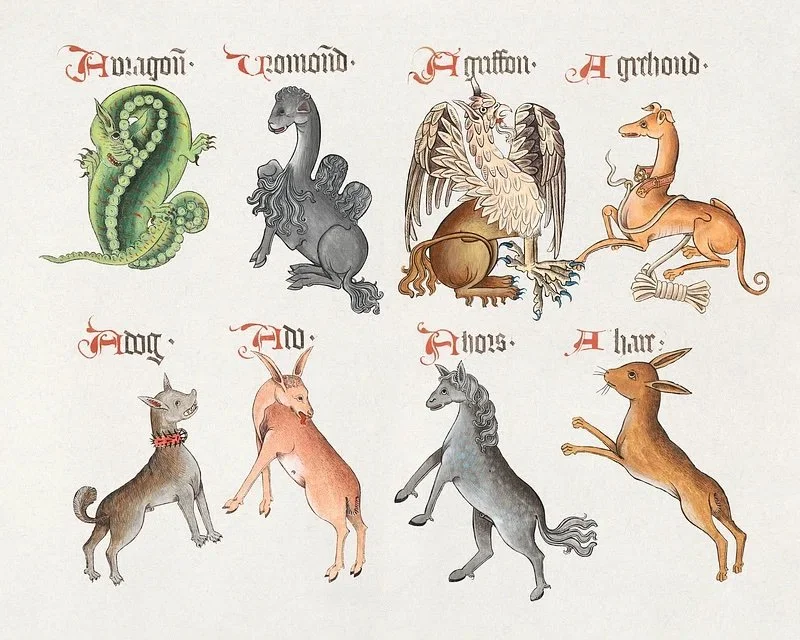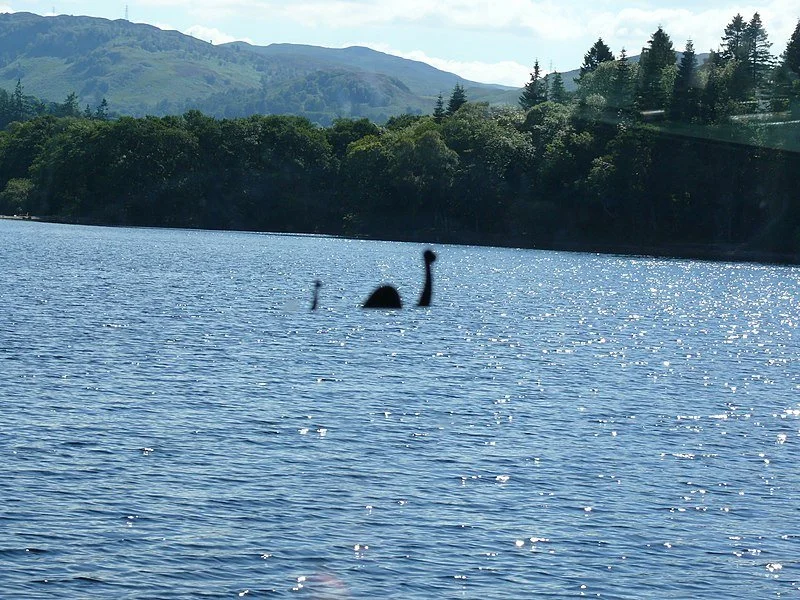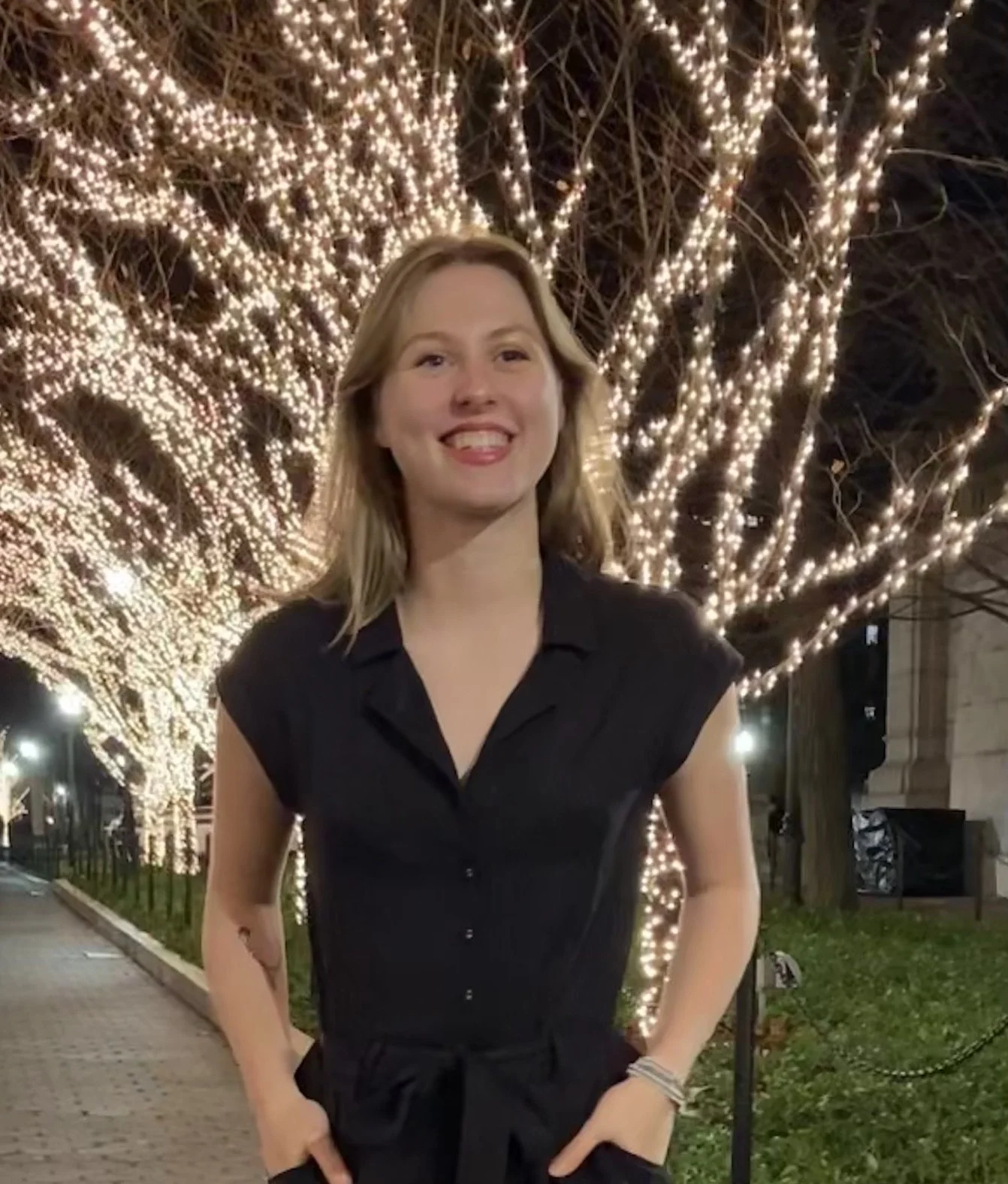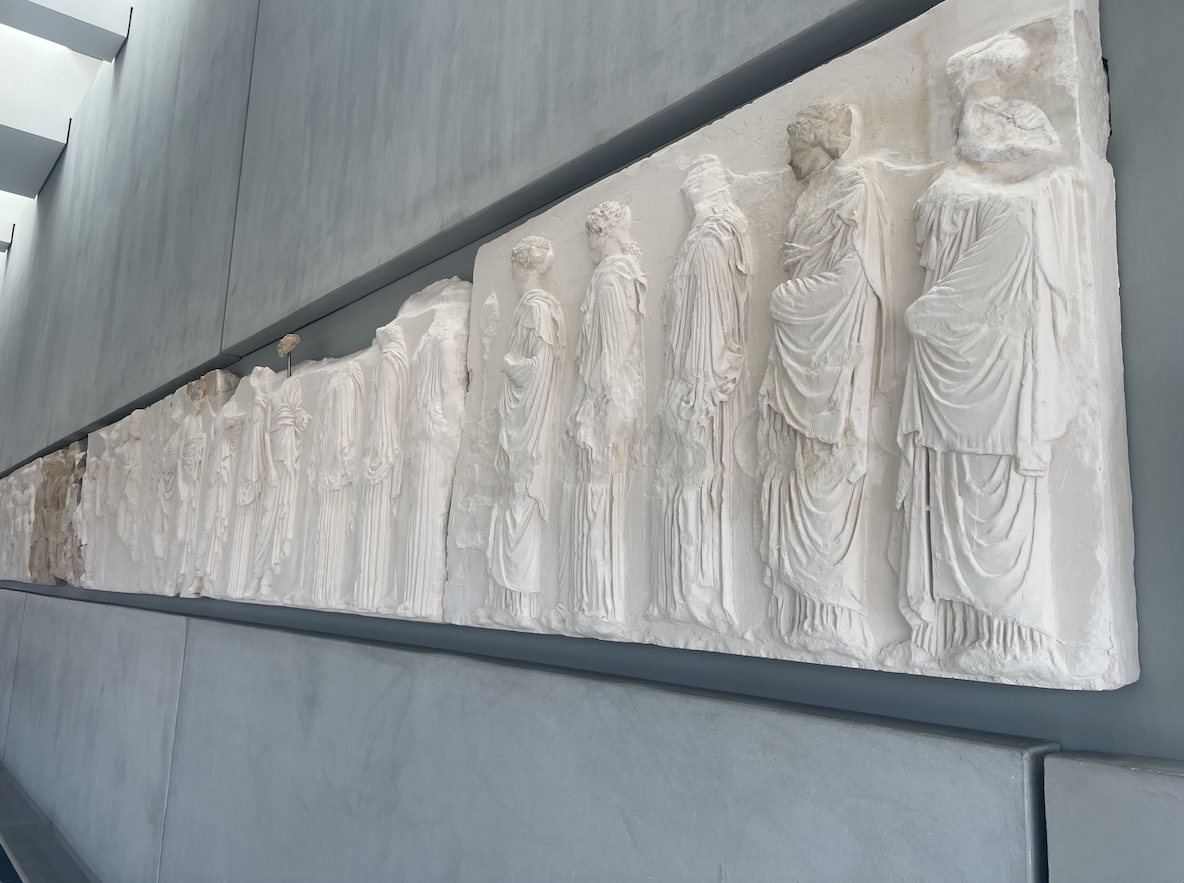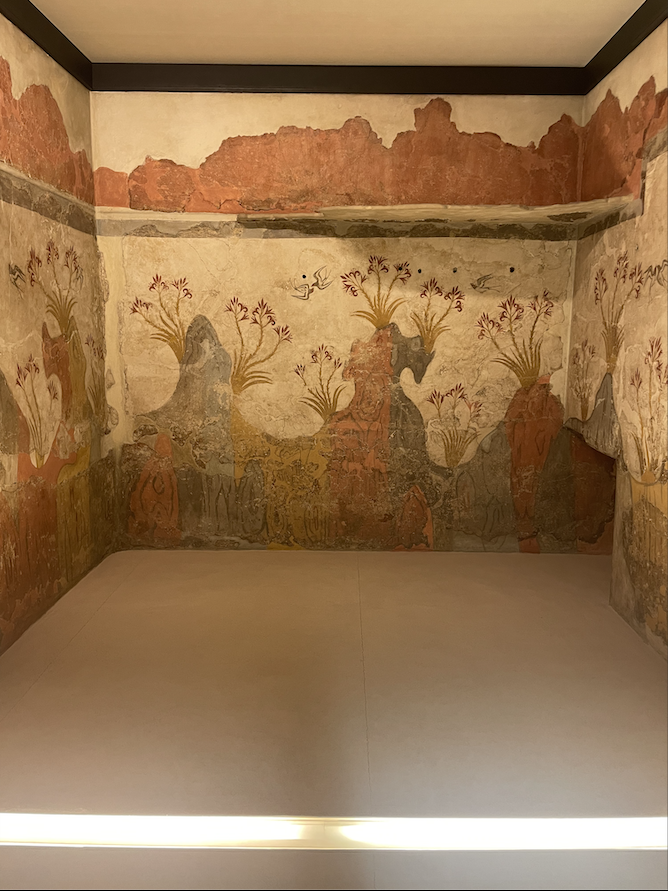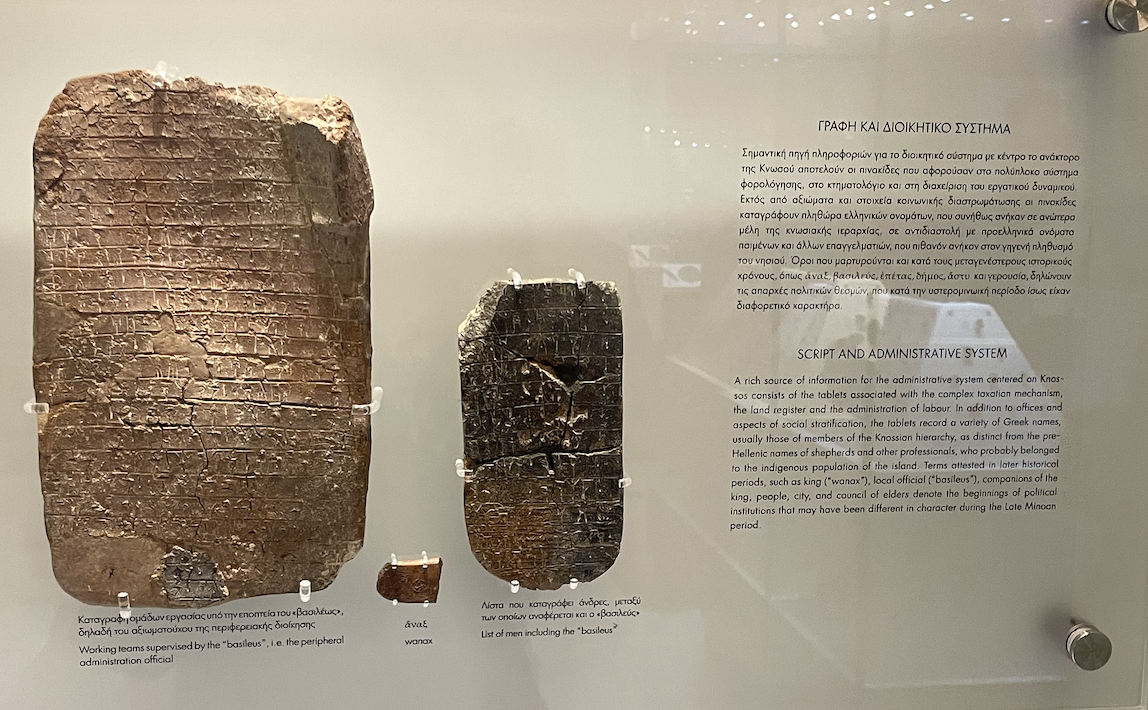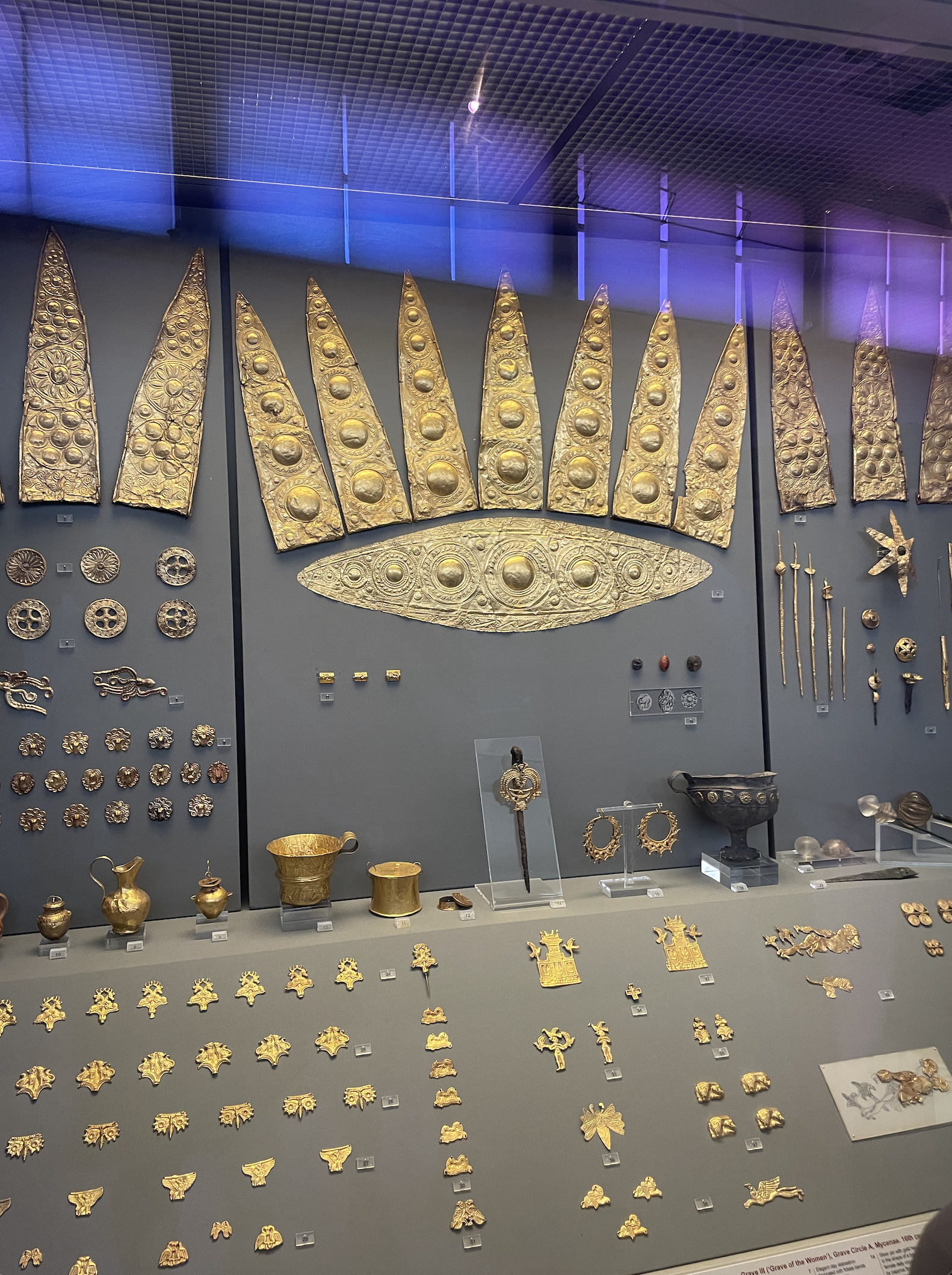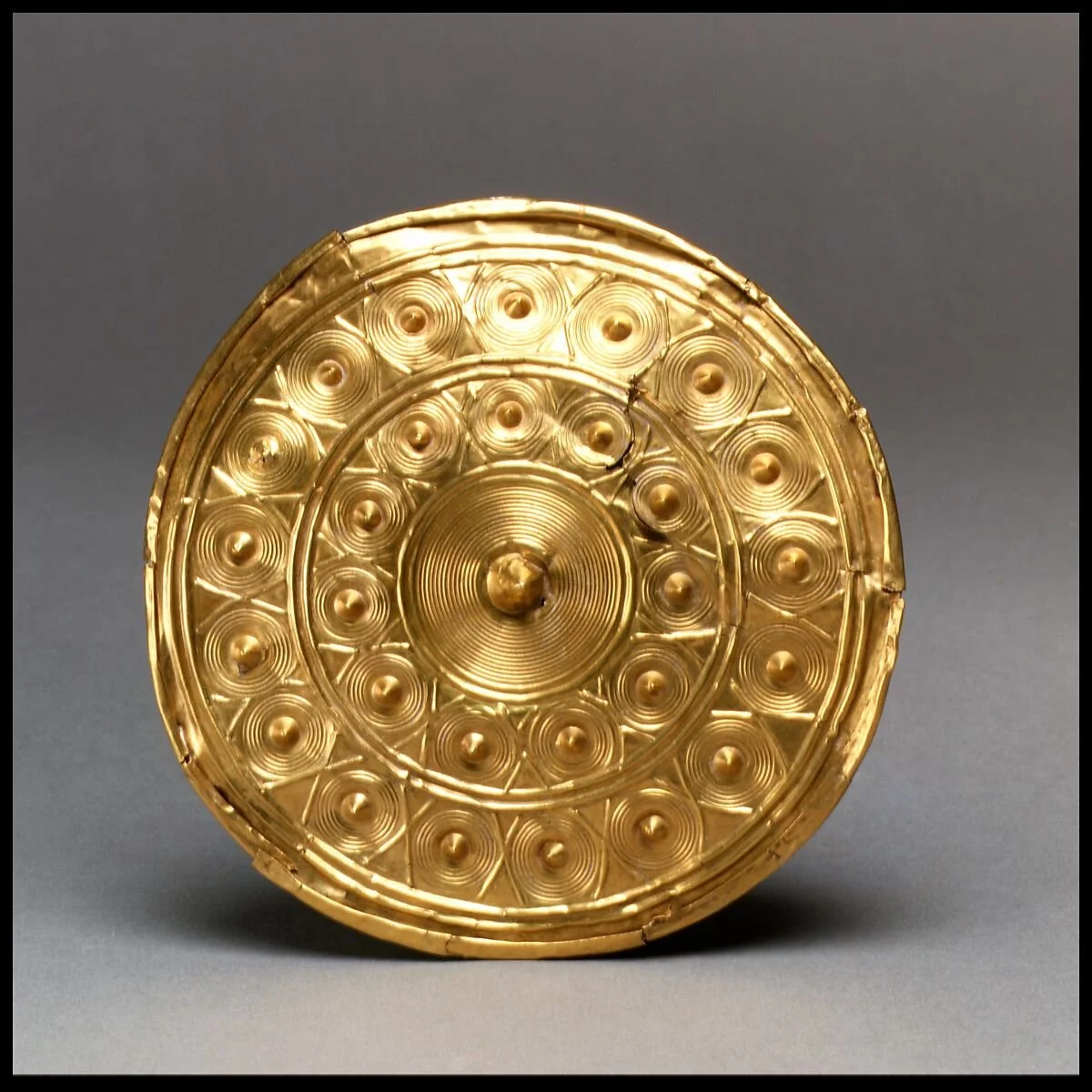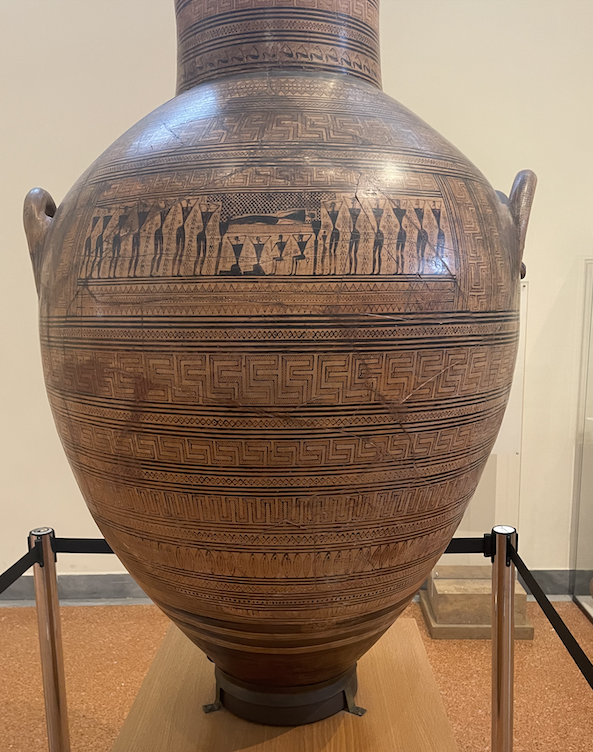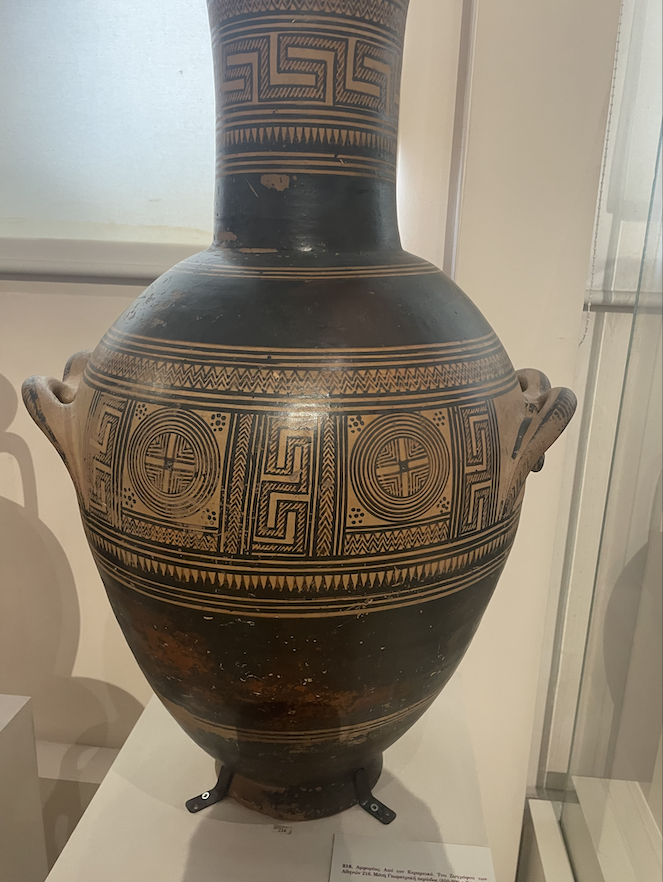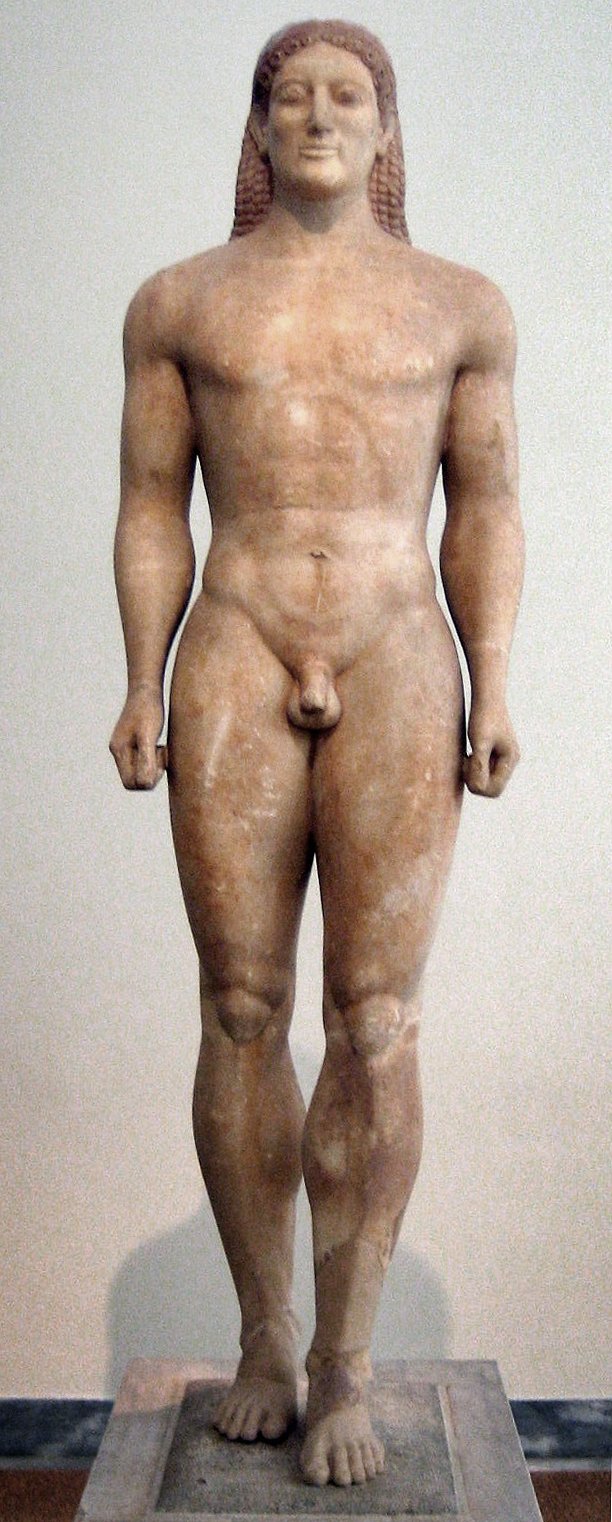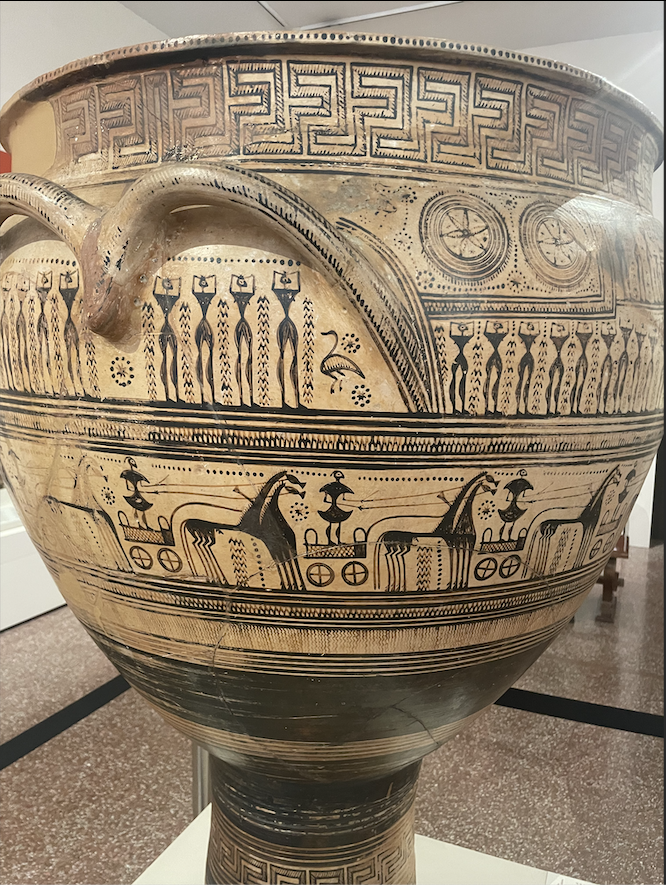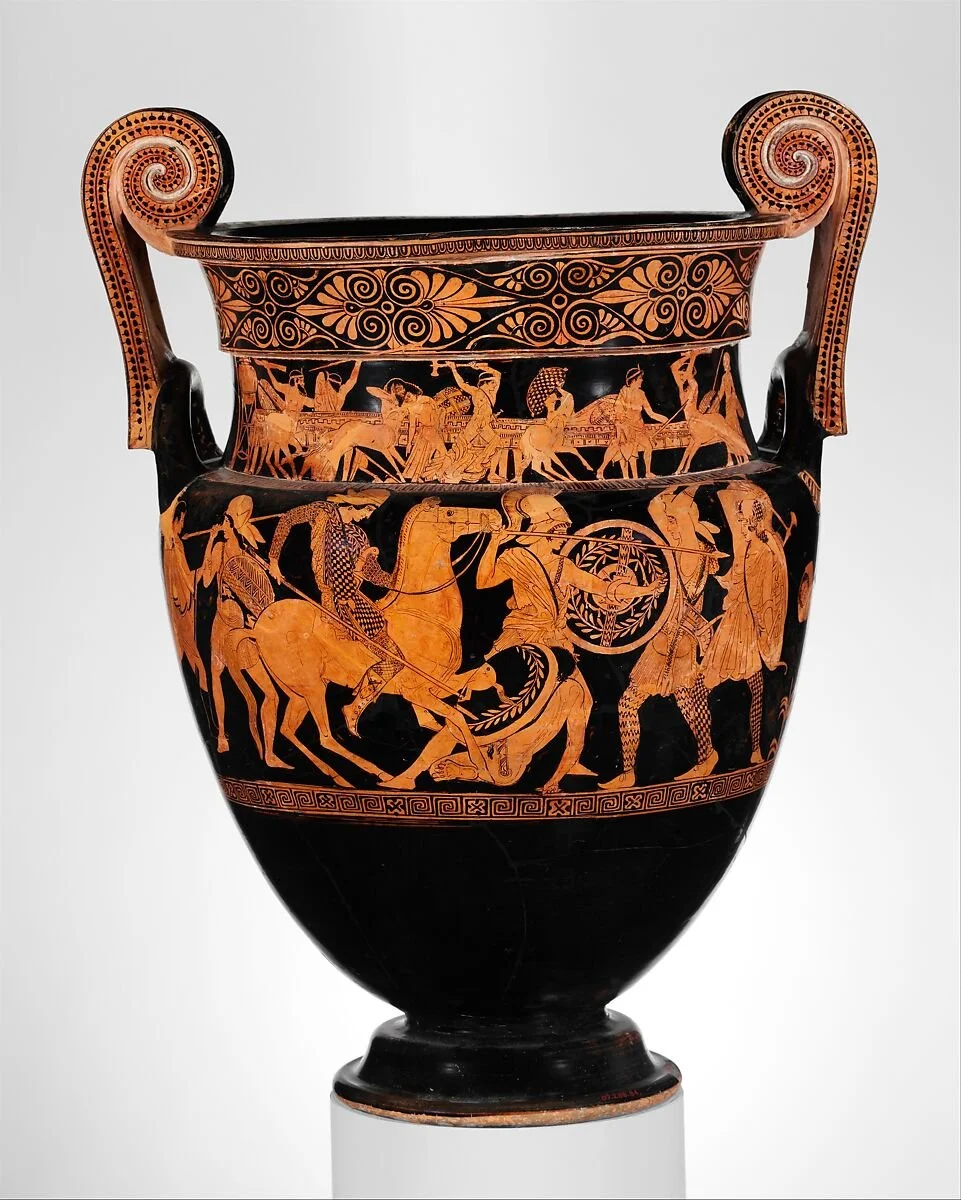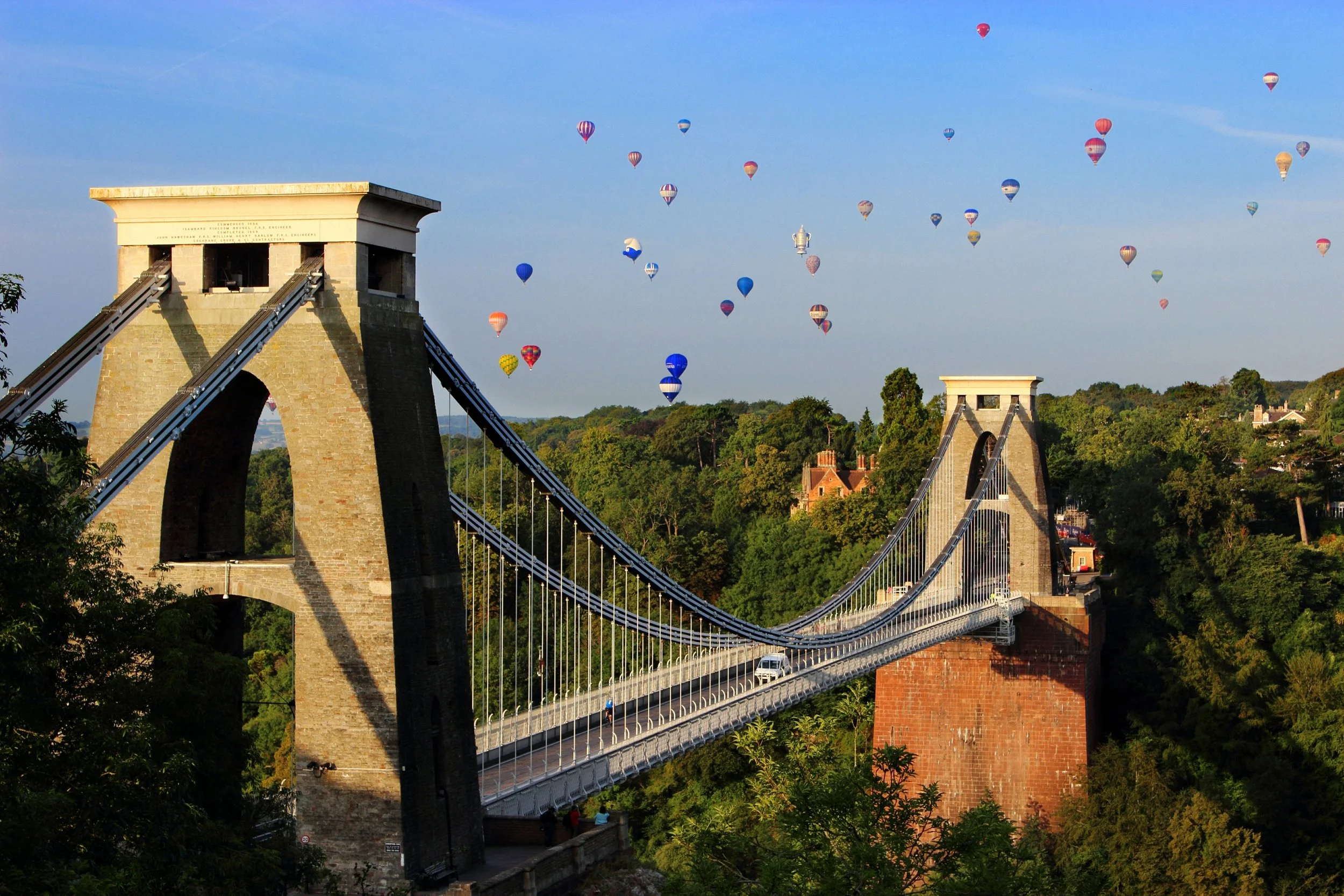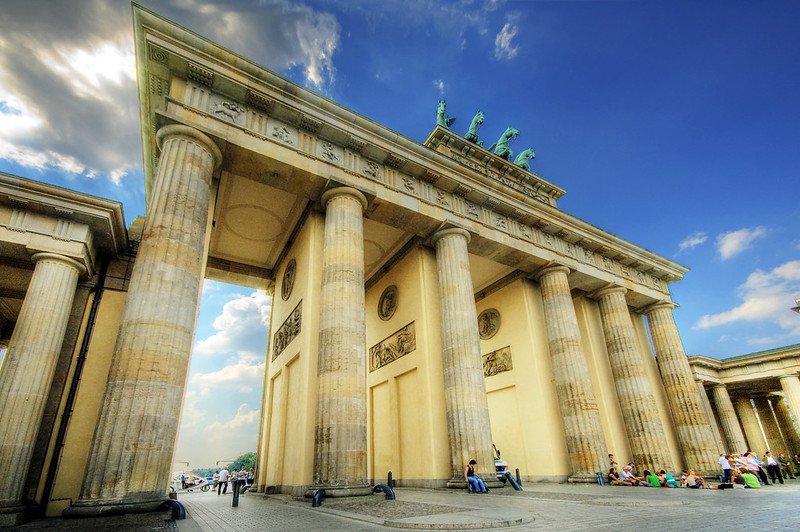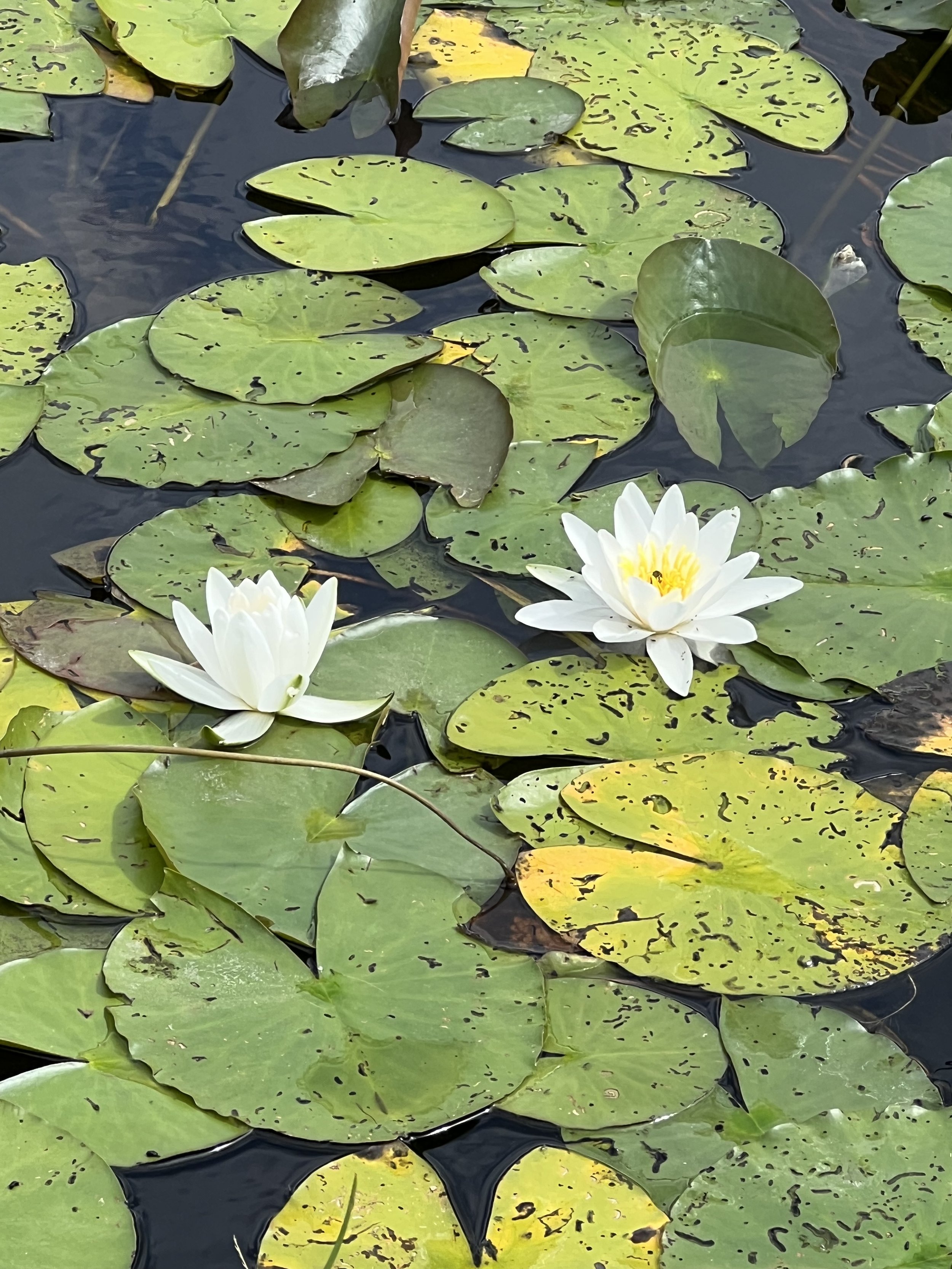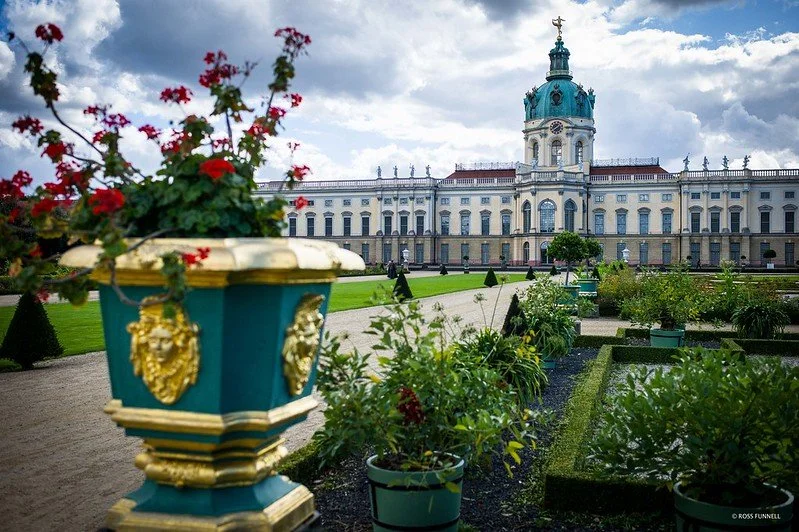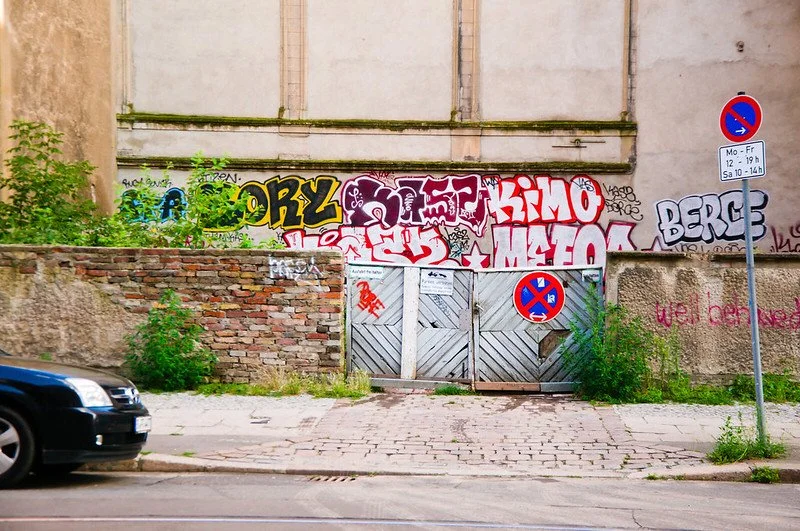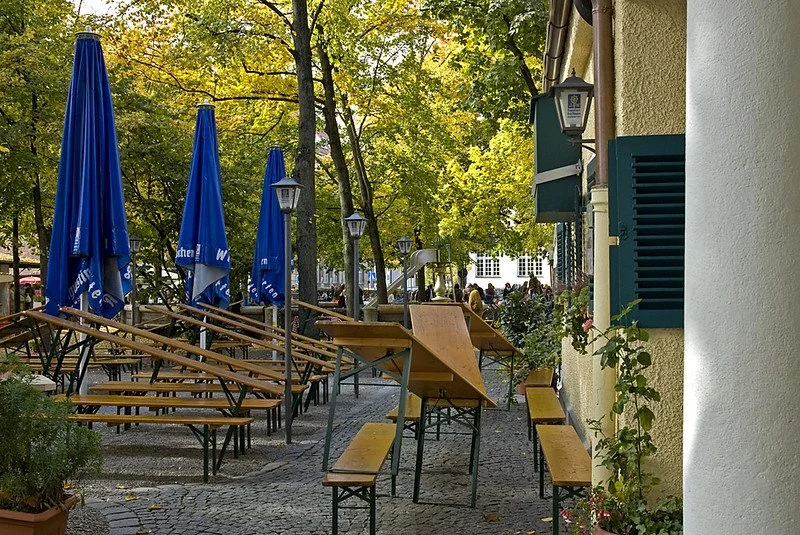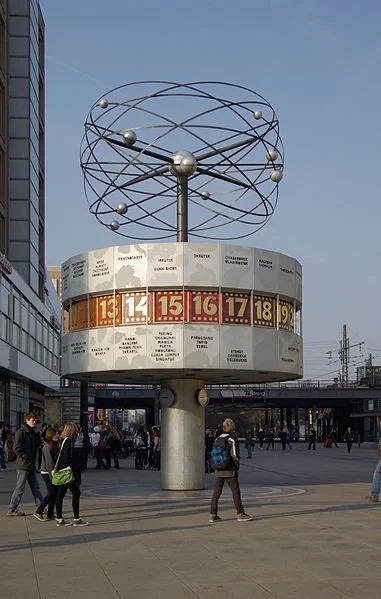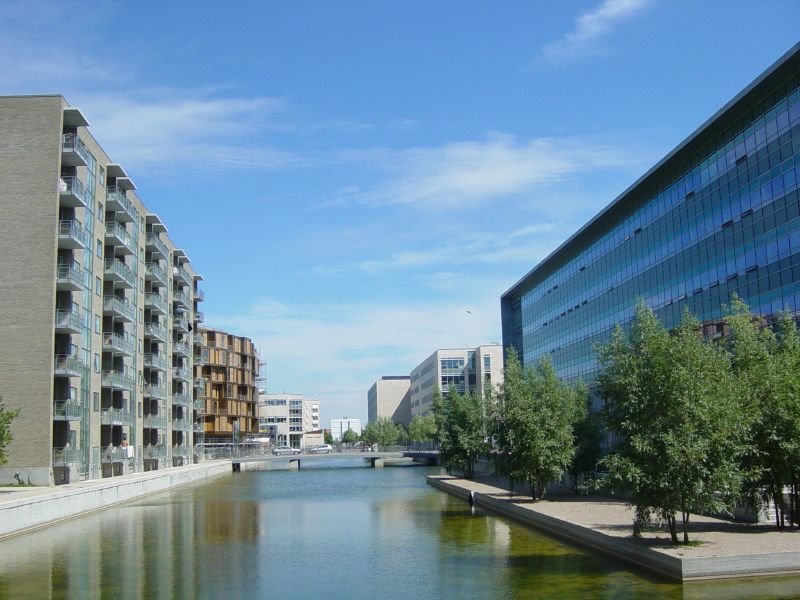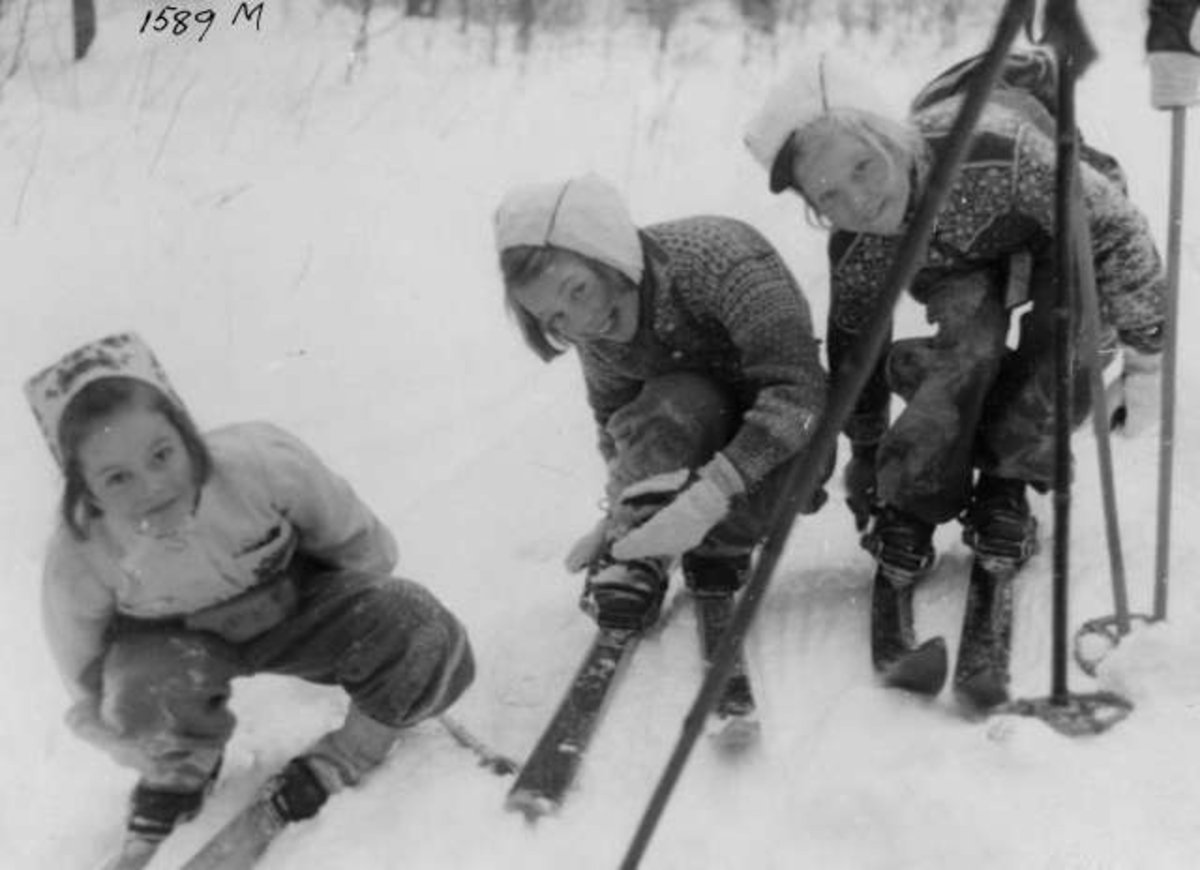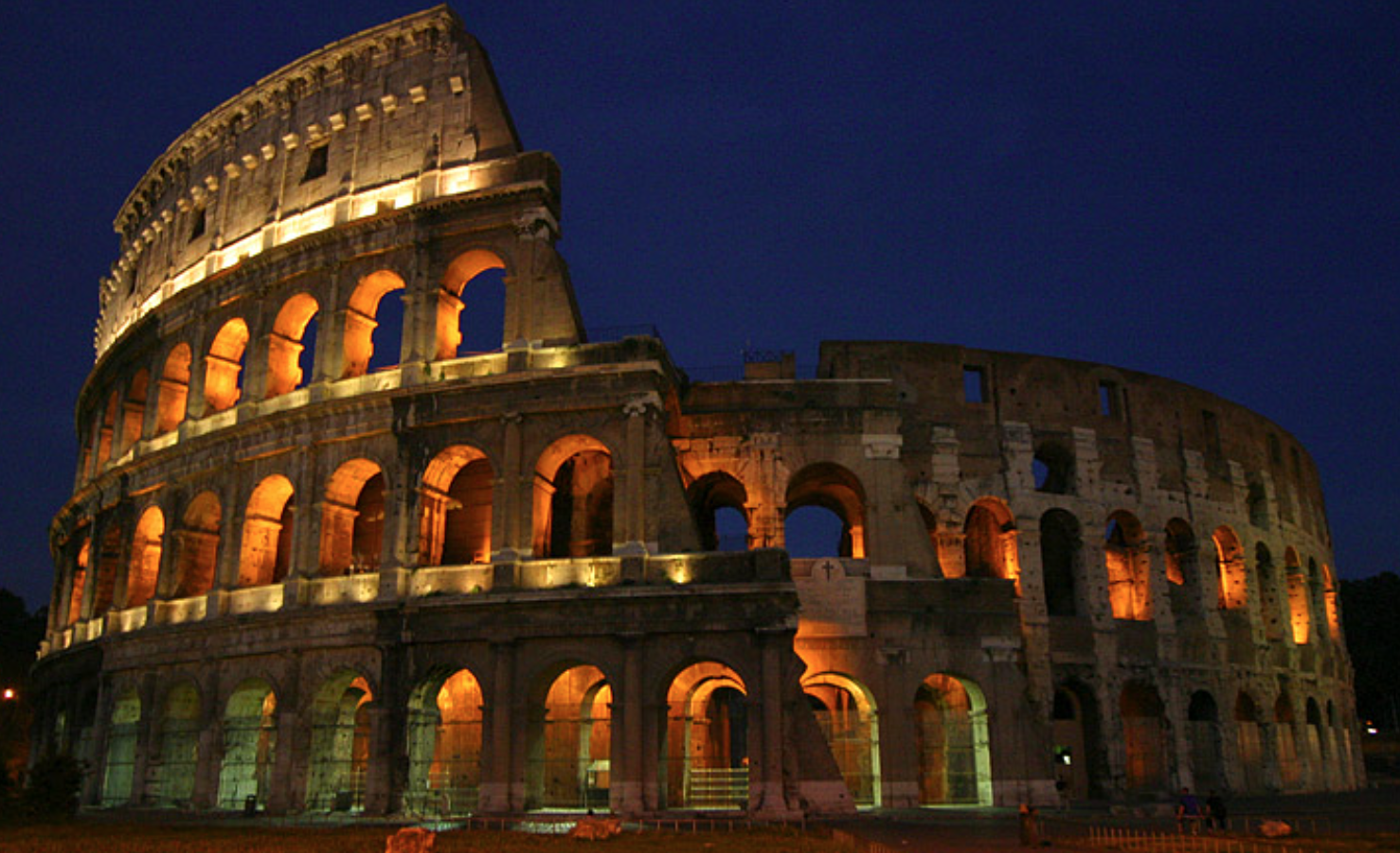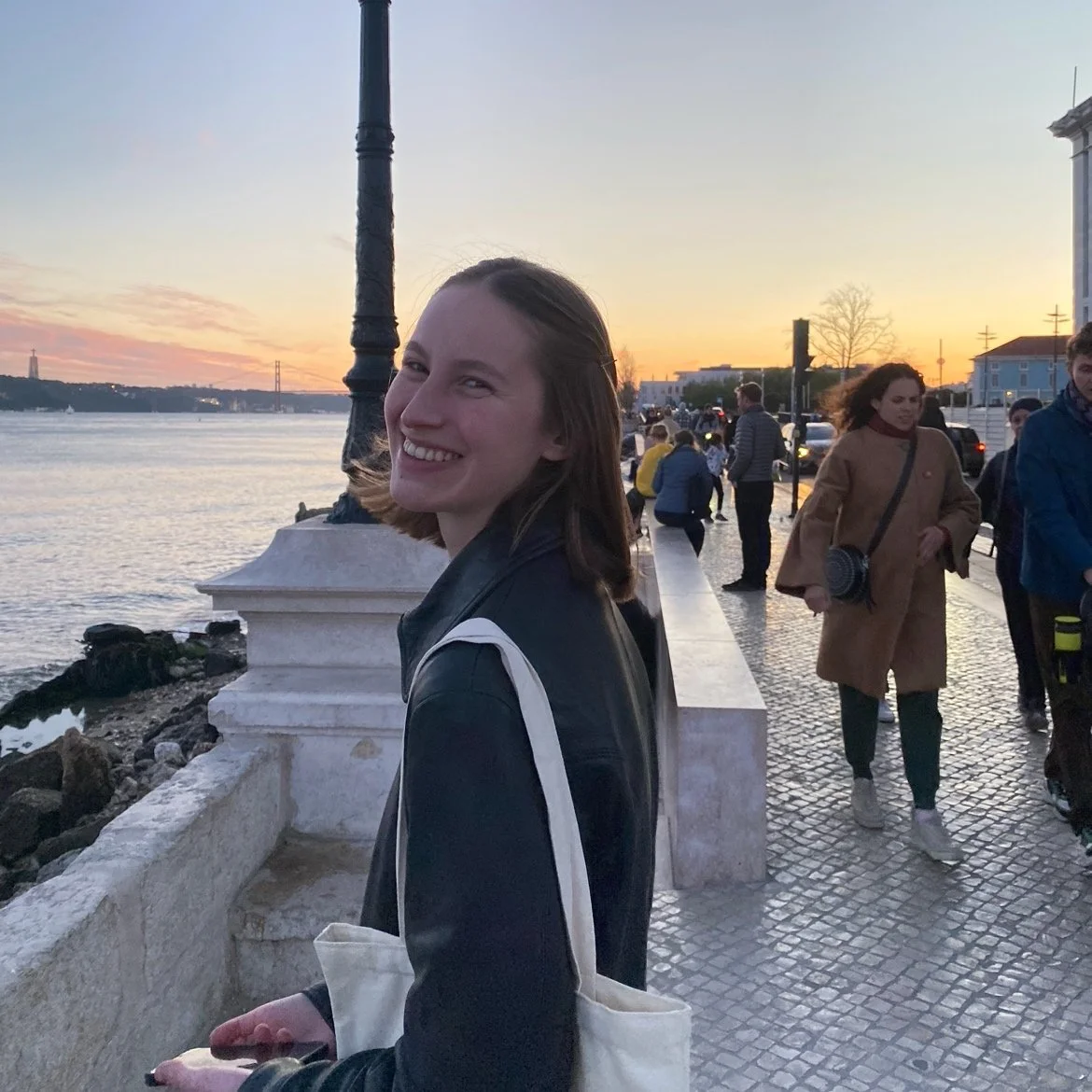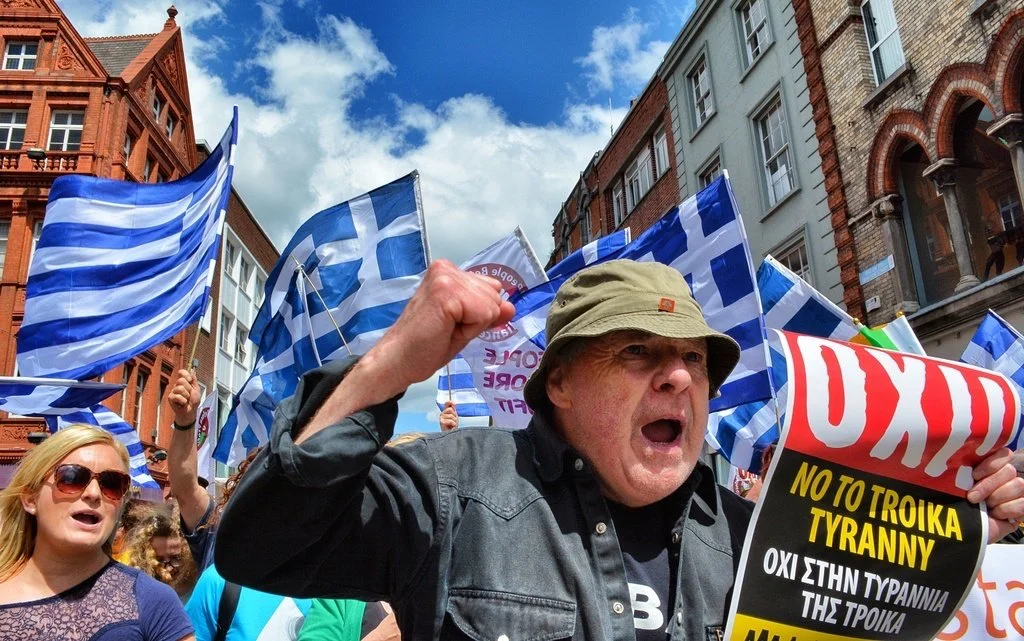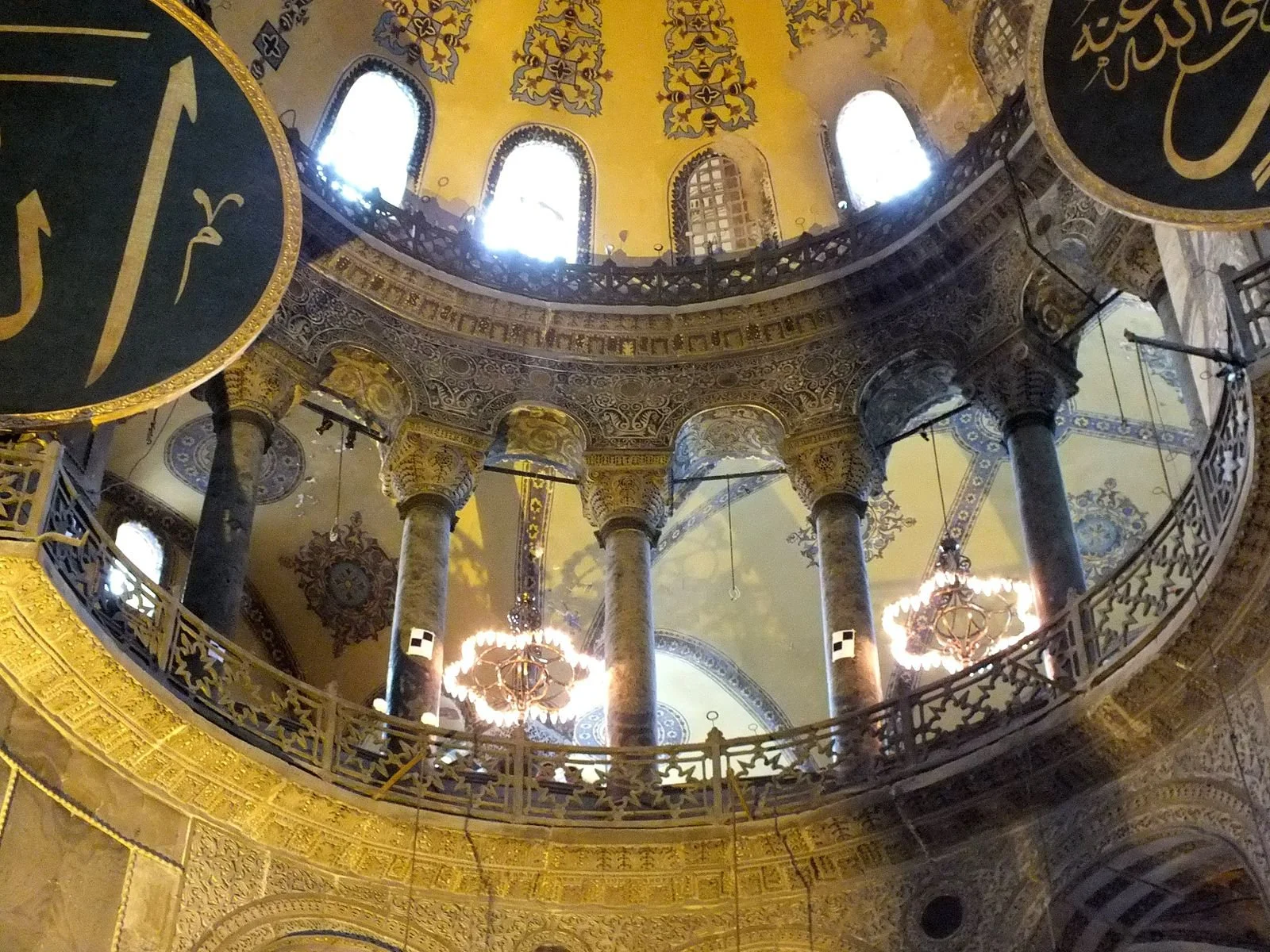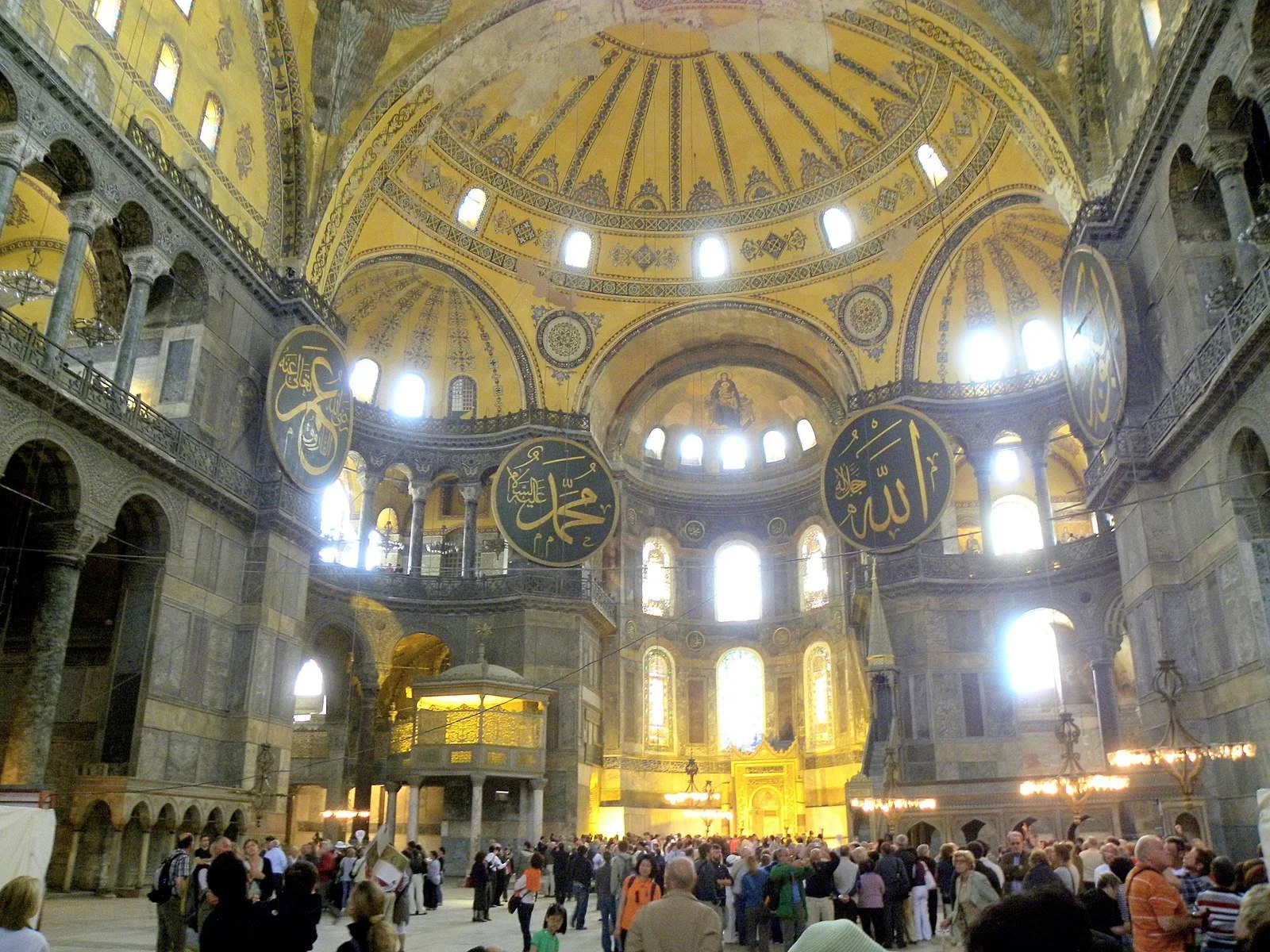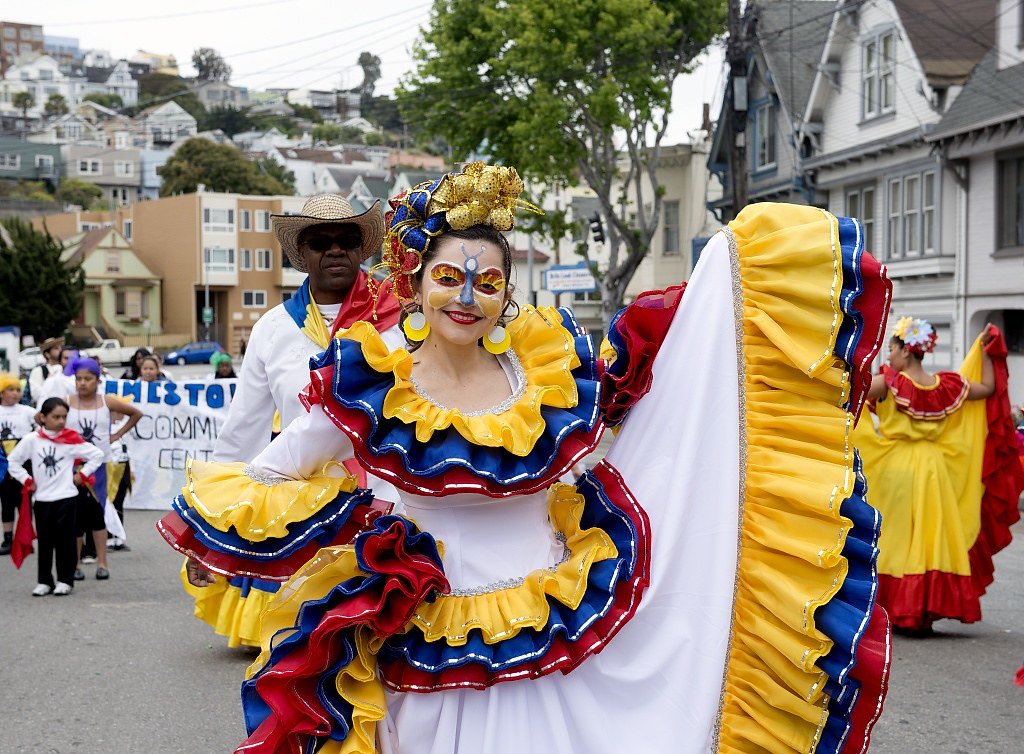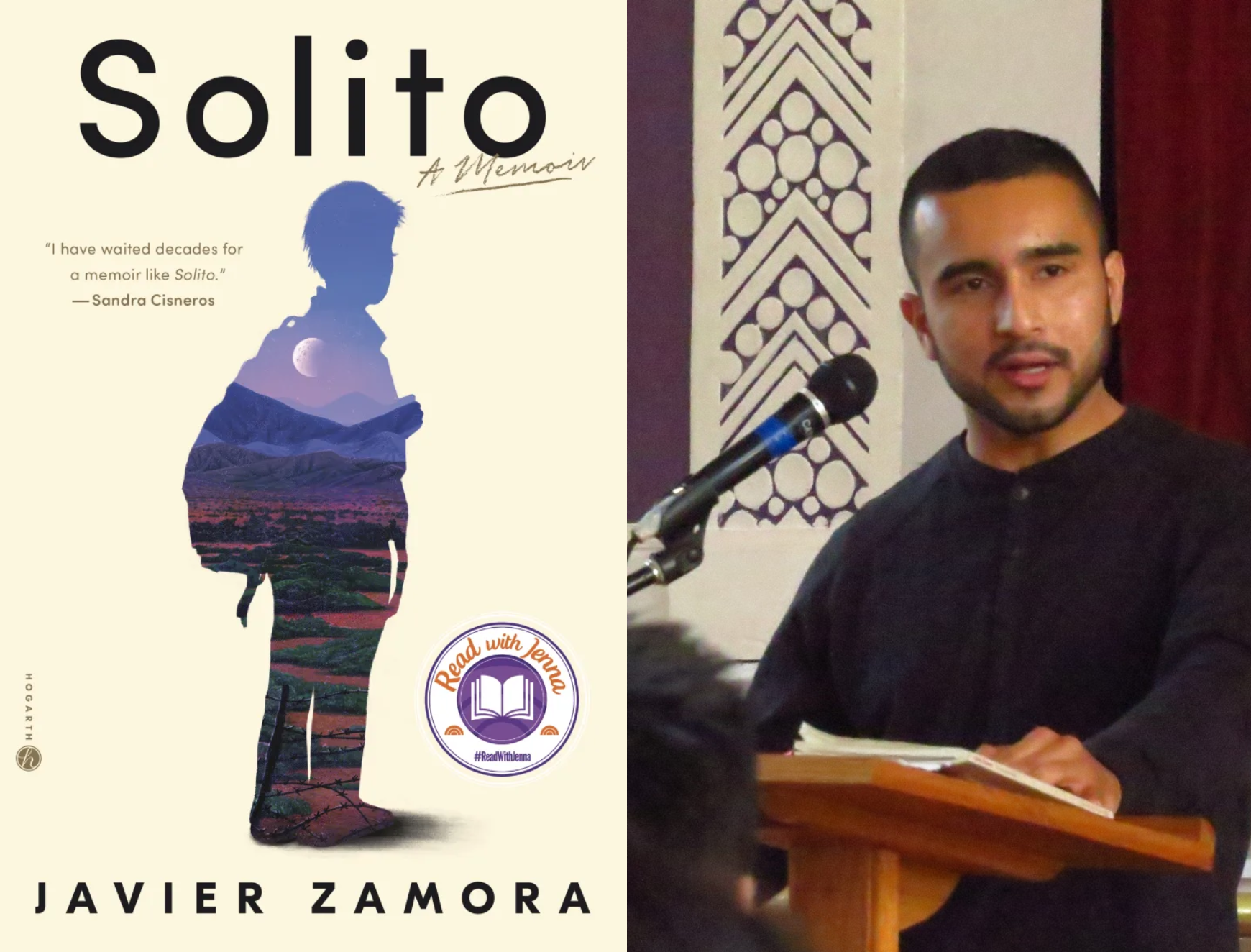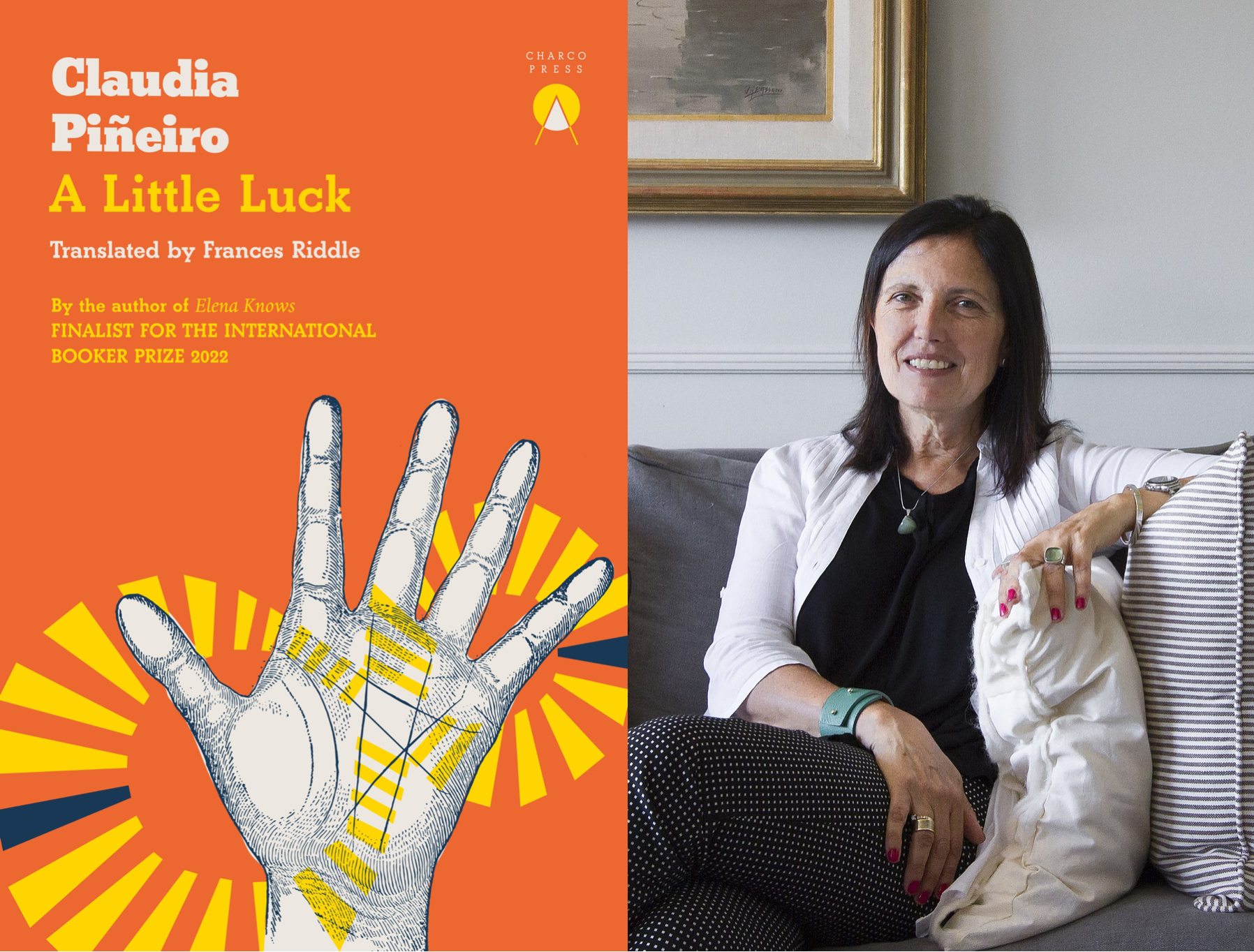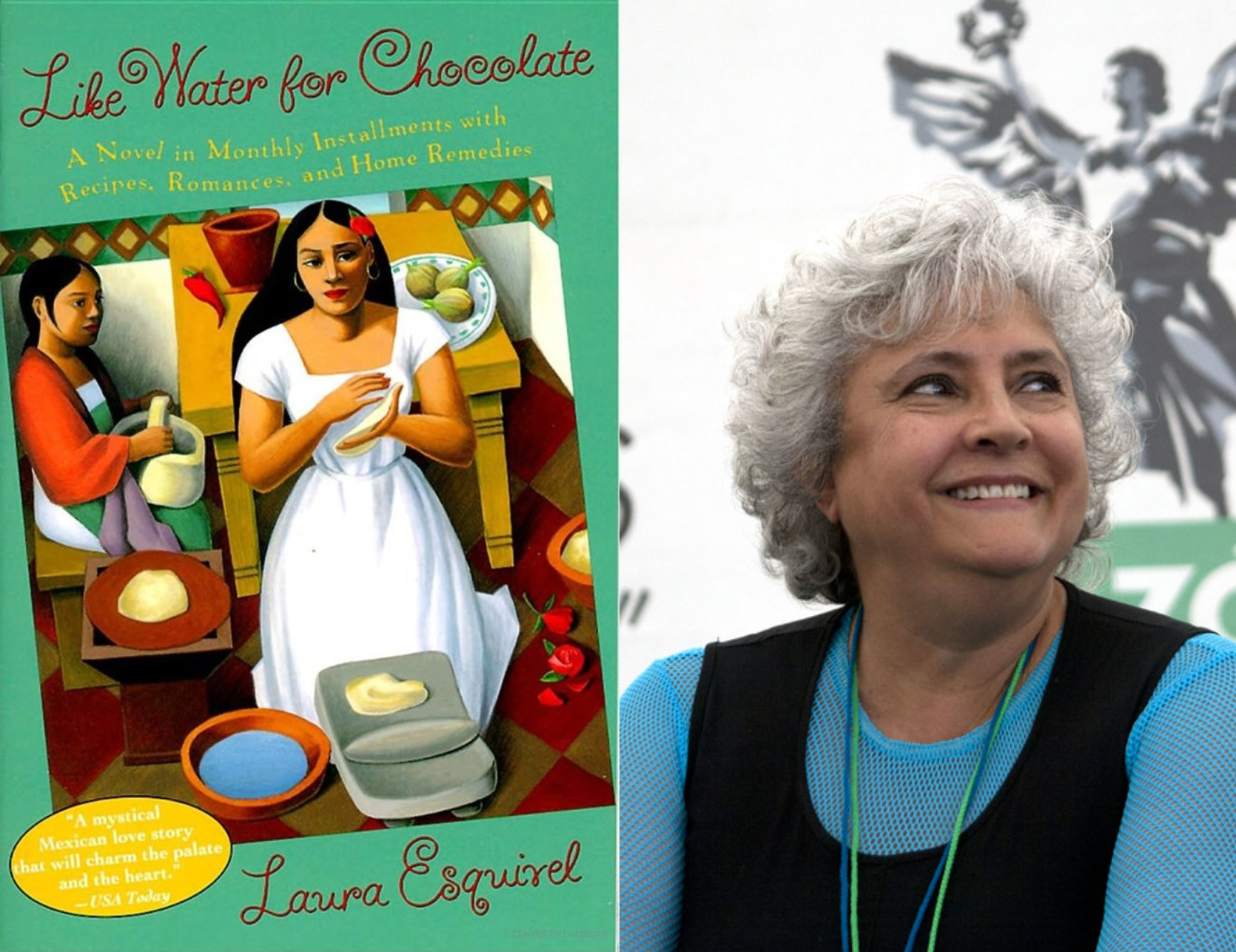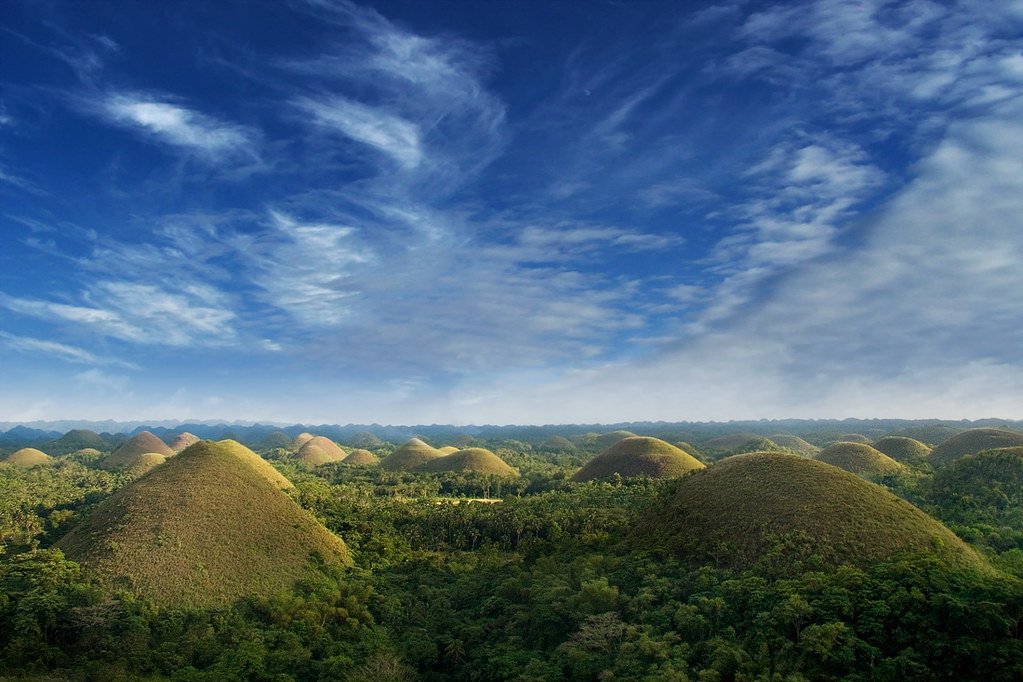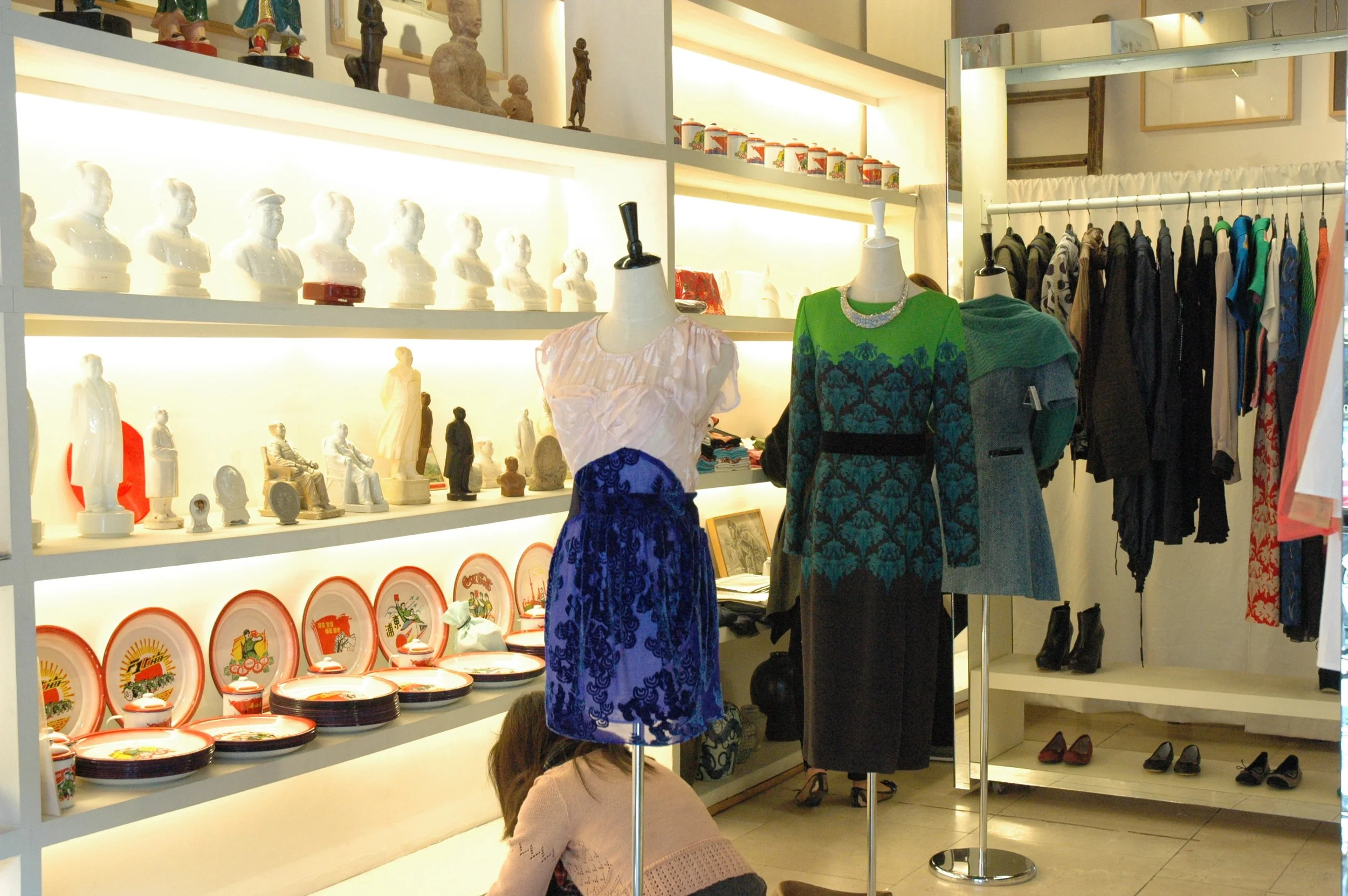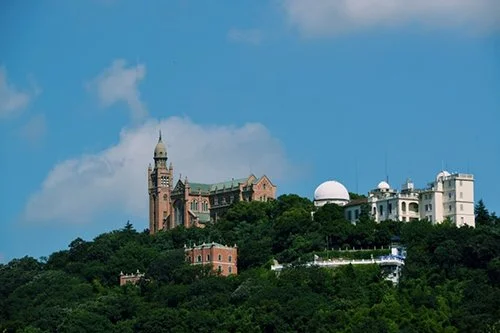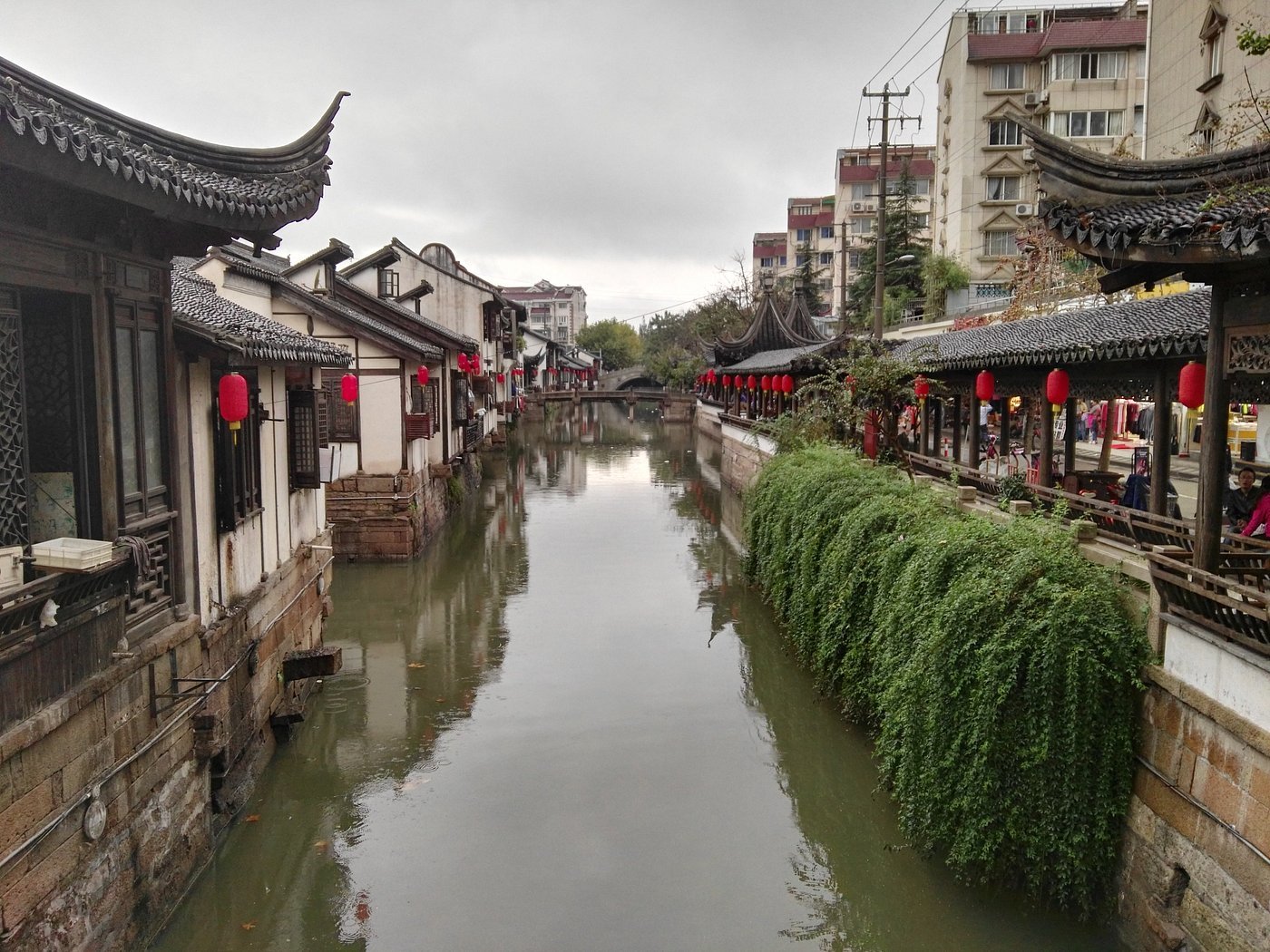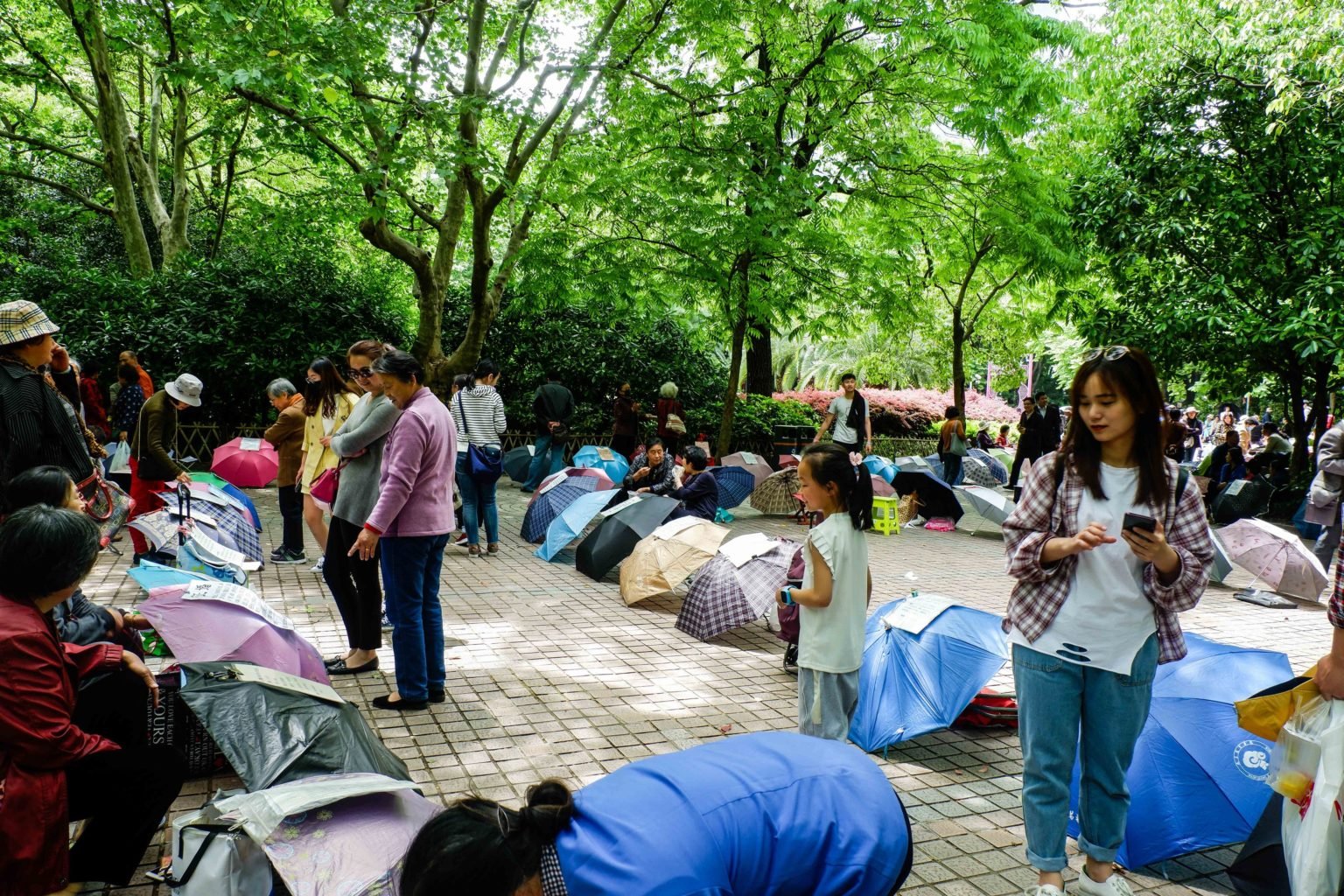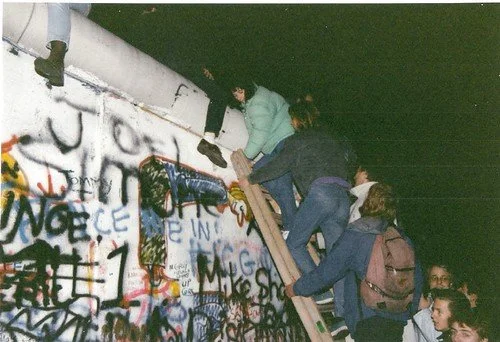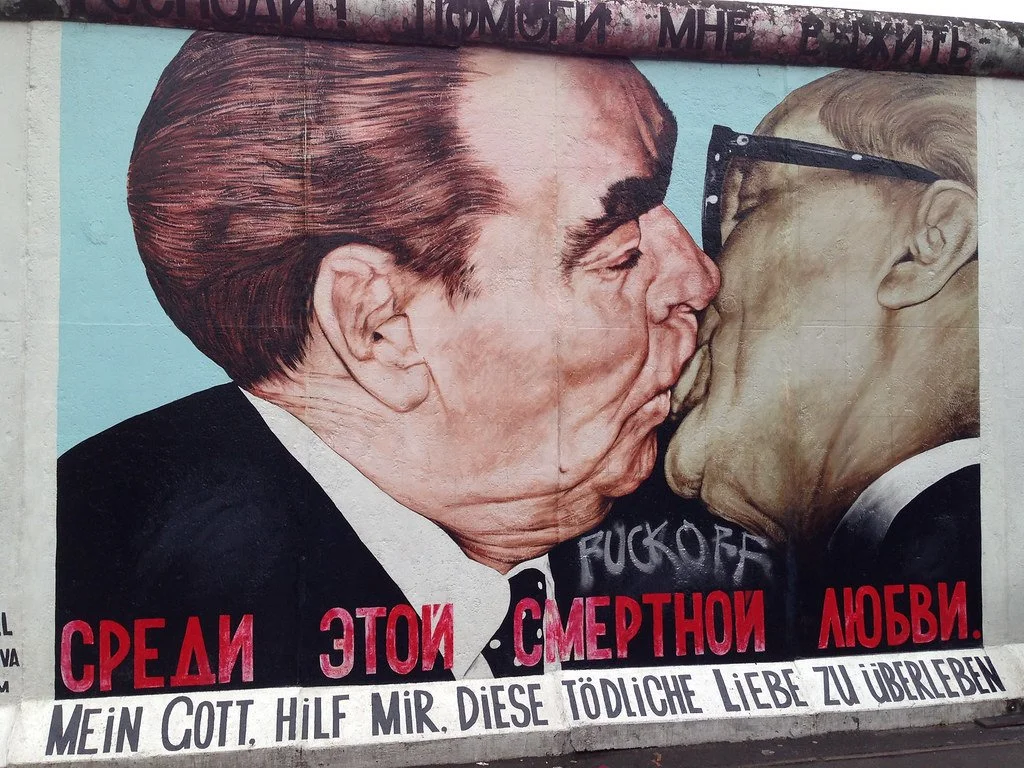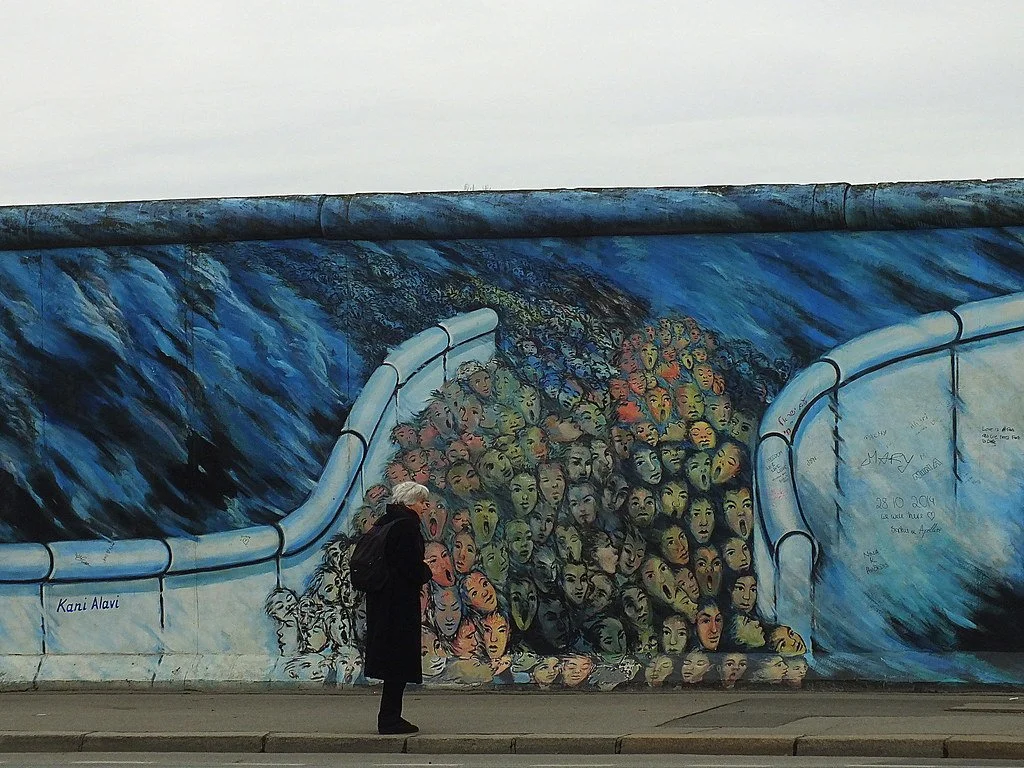Although Nepal is a small, landlocked country in the Himalayan mountain chain, its majesty, stunning landscapes that sprawl on endlessly and spiritually diverse culture outshine most places I have visited.
Laura Grier
Travelers and adventure seekers from around the world risk their lives flocking to Nepal for a chance to summit our planet’s most famous peak, Mount Everest. Everest's vertex, soaring to an impressive 29,029 feet, stands as the highest point on Earth. Located in the realm more commonly traversed by jetliners than humans, it represents an awe-inspiring summit beyond the reach of ordinary explorers. But there is so much more to this tiny, mountainous country wedged between India and China, which has maintained its own unique culture and vibe despite the behemoths on either side.
With its enchanting blend of sacred temples, revered cows, Buddhist monks, endangered animal sanctuaries and extreme sports like paragliding to get your adrenaline pumping, Nepal will captivate you. There is something for everyone, and you may even come across a rare Yeti sighting! In celebration of the country’s unique thrills and delights, I wanted to share some fun facts I learned about Nepal while I was there leading a philanthropic photography workshop.
The current year is 2080…
This year, 2080, is particularly significant in the Nepali calendar because it marks the beginning of a new century (21st century) in the Nepal Sambat system. This unique calendar system is based on lunar cycles and has been used in Nepal for millennia. In fact, April 13th is when they celebrate New Year’s Eve!





Nepal has maintained ZERO poaching of its endangered animals, including elephants, rhinos and tigers, for the past 12 years.
Nepal has become the world’s gold standard in the fight against poaching and received international accolades for recording zero poaching of rhinos in 2011, 2014, 2016, 2018, 2019, and 2020. The Nepalese government has ensured local communities benefit financially from the country’s parks and ecotourism. The government gives local communities 50 cents of every tourist dollar, making the wildlife more valuable alive than dead.


Mount Everest actually has two other names, Sagarmatha and Chomolungma.
The Royal Geographic Society pronounced the official name "Mount Everest" in 1865, named after Sir George Everest, the Surveyor General, but he did not want the peak named after him, believing it important to use local names. The Nepali word for Everest is Sagarmatha, meaning “forehead of the sky.” Sherpas (which is actually the name of an ethnic group in Eastern Nepal, not just a word for someone who lugs your gear) call it Chomolungma, meaning “Goddess Mother of the World.”




Pokhara is called the “Gateway to the Himalayas” and the starting point of many of the most famous trekking expeditions, but what will grab your attention is the constant swooping of dozens of colorful paragliders filling the skies above you. It is one of the top paragliding locations worldwide, having all the right ingredients: stable thermals, convenient take-off and landing zones, the safety of a large lake for emergency landings and incredible mountain views.
I had a total “James Bond experience when I stayed at the Waterfront Hotel there, jumping off a cliff, gliding around for half an hour doing corkscrew tricks surrounded by hawks, then landing right next to the pool of my hotel, where I took off my parachute and went directly to a lounge chair for a cocktail — no big deal!


Nepal is the birthplace of Lord Gautam Buddha, The founder of Buddhism.
Buddha’s exact birthplace is preserved in Lumbini, Nepal, inside the Maya Devi temple, and because of this, Lumbini in Nepal is the holiest pilgrimage site for Buddhists worldwide.
Boudhanath Stupa is the largest and holiest Tibetan Buddhist temple outside Tibet.
I spent the day with hundreds of monks chanting, playing instruments, wearing ornate headdresses and praying around the stupa’s base. If you are lucky, on certain holy days you can watch the monks elaborately decorate the stupa and participate in the Kora Buddhist prayers by walking clockwise around it, spinning the hundreds of prayer wheels as you go from right to left.





Visit The Hindu City of the Dead.
Death is part of Life at Pashupatinath Temple, The Hindu City of the Dead. This is one of the most sacred Hindu temples dedicated to god Shiva and located on both banks of Bagmati River in Kathmandu. Every year this temple attracts hundreds of elderly followers of Hinduism who seek shelter for the last several weeks of their lives, to meet death, be cremated on the banks of the river, and travel their last journey with the waters of the sacred river Bagmati, which later meets the holy river Ganges. Hinduists from every corner of Nepal and India are arriving here to die or bring their dead.
It is believed that those who die in Pashupatinath Temple are reborn as a human, regardless of their karma. All around the banks of the river you can find brightly painted Sadhus, or holymen who are trying to acquire liberation from the cycle of death and rebirth by meditating and astrologers that can predict the exact day of your death or just read your palm if you prefer not to know. This place is huge, like a city within a city and has been in existence since 400 AD. There is a powerful energy there and at any given time while you are there visiting, you will get the chance to see at least one open air cremation and watch how they prepare the bodies for the cycle of death and rebirth.


Laura Grier
Laura is a dynamic Adventure Photographer, Photo Anthropologist, Travel Writer, and Social Impact Entrepreneur. With a remarkable journey spanning 87 countries and 7 continents, Laura's lens captures both the breathtaking landscapes and the intricate stories of the people she encounters. As a National Geographic artisan catalog photographer, Huffington Post columnist, and founder of Andeana Hats, Laura fuses her love for photography, travel, and social change, leaving an impact on the world.











